Protein seems to be the sexier macronutrient (carbs, fat, and protein comprise the macronutrients). Back in the day, fat was taboo. Fat-free was the thing to do – whether or not it was healthy. Fat-free cookies, fat-free butter, fat-free cheese, fat-free everything! Now, carbs have the bad rep. “Carbs make you fat!” “Carbs cause every disease known to man!” Low carb pizza, low-carb yogurt, low-carb pasta. All things low-carb.
Protein has managed to dodge the nutrient-hating bullet. It’s the one macronutrient that has not been banished from store shelves. In fact, it’s just the opposite. Protein is the cool dude – found in all the things. It’s even found in some flavored waters. Yes, it’s true. Water with protein. Cray-zee.
So why all the fuss about protein? No other macronutrient can do its job. Amino acids (the building blocks of proteins) can only be replenished from food. Our bodies cannot manufacture amino acids. Protein can provide energy to the body just as carbohydrates and fats do, but carbohydrates and fats cannot be broken down into or rebuilt into amino acids.
Amino acids from proteins are used to do very specific jobs in the body. Proteins provide structure and movement in the form of muscle tissue; build enzymes and hormones; build antibodies; transport lipids, vitamins, minerals, and oxygen; maintain fluid and electrolyte balance; maintain acid-base balance; and clot blood. Whew. That’s an exhaustive list. Protein is a busy bee when it comes to serving the body. Carbohydrates and fats cannot do what protein can do. Maybe that’s why protein is the crème de la crème of the macronutrients. It’s like a sniper – extremely specific with it’s roles.
In order for protein to do all these wonderful things, the body must have enough energy from other sources to spare protein. This is why carbs and fats are so essential to our diet. While the body is using those nutrients to fuel the work we do (hello hour-long sweaty SLAM session and all the momming going on), protein is busy attending to all of its work. And the jobs of protein are necessary in order for us to do what we do to the best of our ability.
We don’t need a bomb of protein in our daily diet. In fact, we only need enough protein to replace the protein-containing tissue that healthy adults lose and wear out every day. Protein needs vary and are dependent on size, activity level, stage of life among other circumstances. For the purposes of this article, we’ll focus on healthy adults who exercise regularly. The recommendations are 1.0-1.5 grams per kilogram of body weight. A mama weighing 150 pounds (68 kg) needs between 68 and 102 grams per day. The more athletic the mama is, the more she will need. So, if you’re SLAMing 5x/week and training for a half-marathon, you’ll need closer to the 1.5 grams/kg. If you’re SLAMing 3x/week, you’ll do well with the 1.0grams/kg.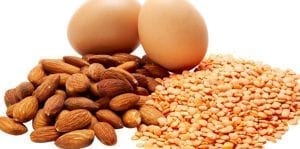 Your body does not accurately calculate your protein intake each day, but makes a mental note what you’re getting over time. If you go over your protein one day and are a little less the next day – you’ll be fine. Taking in more than your needs consistently is hard on your kidneys (protect those babies!!) and taking in too little will leave your body lackluster since you’re not getting enough protein to do all the jobs it needs to do!
Your body does not accurately calculate your protein intake each day, but makes a mental note what you’re getting over time. If you go over your protein one day and are a little less the next day – you’ll be fine. Taking in more than your needs consistently is hard on your kidneys (protect those babies!!) and taking in too little will leave your body lackluster since you’re not getting enough protein to do all the jobs it needs to do!
This is why it’s important that we choose quality sources of protein. Whole grains, beans, lentils, lean meats, fish, eggs, and yogurt are better for you than protein bars, shakes, and protein water (does anyone else think that is weird?!?). Your body LOVES to dismantle real proteins that come in real food. This act of uncoiling the long strands of amino acids help to keep you full. Having a little protein at each meal and snack serves to prevent hunger from striking too quickly.
What does a day of adequate protein look like?
- Breakfast: ½ cup oats topped with ½ cup plain Greek yogurt, ¼ cup almonds, and fresh berries. 23 grams of protein
- Snack: Lara Bar. 5 grams of protein
- Lunch: Chopped salad to include lots of veggies, ½ cup of black beans, and 3 ounces grilled
 chicken; piece of fruit. 33 grams of protein
chicken; piece of fruit. 33 grams of protein - Snack: Apple with peanut butter. 8 grams of protein
- Dinner: 1 cup lentil soup, whole wheat roll, and garden salad. 15 grams of protein
- Snack: ¼ cup dark chocolate chips. 2 grams of protein
Here’s a day with real food – no protein powders or bars – and a whopping 86 grams of protein. If you have meat, fish, or eggs at each meal, your protein total would easily hit 100 grams, if not more.
Remember to balance out your day including all of the macronutrients – flavorful fats and satisfying complex carbohydrates, not just the coveted protein. Protein is necessary – but it will not carry out its functions if there are not enough complex carbs and healthy fats on board. It’s all about balance, my friends. You go and Balance Like a Mother.
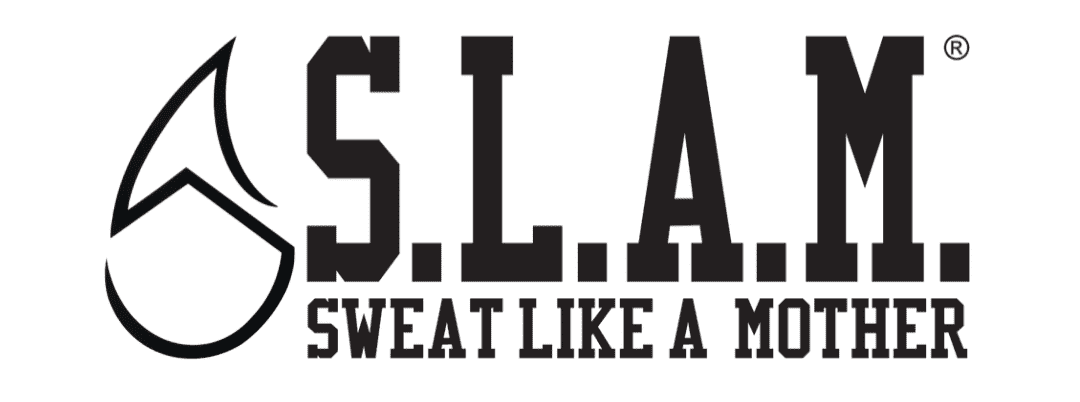
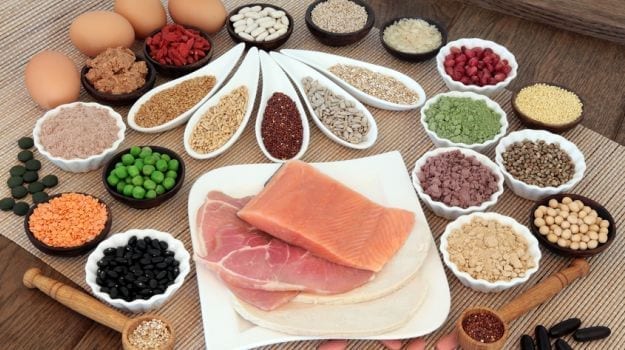
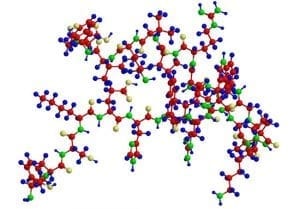
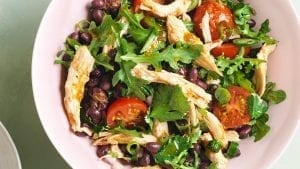
Recent Comments